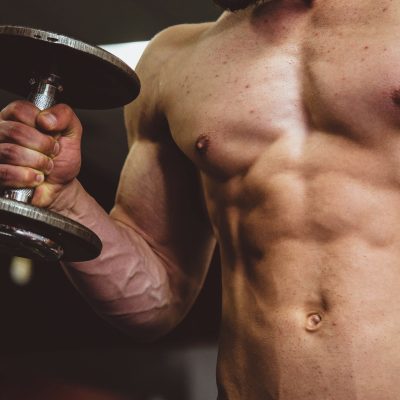Intermittent fasting (IF) has gained popularity for its simplicity and health benefits, but did you know it can be a powerful tool for building muscle, too? With the right approach, you can effectively combine IF with strength training to maximize muscle growth while reaping the benefits of better insulin sensitivity and fat metabolism. Here’s how to get the best of both worlds.
1. Choose the Right Fasting Window
The most common IF patterns are the 16:8 and 18:6 methods, where you fast for 16 or 18 hours and have an eating window of 8 or 6 hours. For muscle growth, sticking to the 16:8 split is often most beneficial as it provides a larger eating window to fit in your calorie and protein requirements while keeping your metabolism engaged.
Key Tip: Try to set your eating window to align with your workout time. Many people find it effective to work out at the end of their fasting period and break the fast immediately afterward.
2. Focus on Protein Timing and Quantity
Protein is the cornerstone of muscle growth. During IF, you’ll have fewer meals, so aim to hit your daily protein target within the eating window. Aim for about 1.6-2.2 grams of protein per kilogram of body weight daily, depending on your goals and training intensity.
Key Tip: Spread protein evenly across your meals in the eating window to maximize muscle protein synthesis. For example, if you have three meals in your eating window, make sure each one contains 25-30 grams of high-quality protein.
3. Prioritize Strength Training
To build muscle while fasting, strength training is non-negotiable. Lift weights 3-5 times per week, focusing on compound movements like squats, deadlifts, presses, and rows to target multiple muscle groups and stimulate maximum growth.
Key Tip: Schedule your workout toward the end of your fasting period, then break your fast immediately after with a high-protein meal or shake. This approach helps maximize your body’s ability to repair and grow muscle fibers.
4. Refuel with the Right Nutrients Post-Workout
After lifting, it’s essential to refuel with carbs and protein to support muscle recovery and growth. Fasting can make it challenging to get enough calories in, so opt for nutrient-dense foods like lean meats, eggs, Greek yogurt, whole grains, and healthy fats.
Key Tip: Try a post-workout meal that includes both fast-digesting carbs (like fruit or rice) and protein (like whey or chicken breast) to replenish glycogen and kickstart muscle recovery.
5. Hydrate and Consider Supplements
During fasting, it’s crucial to stay hydrated. Drink plenty of water, and consider adding electrolytes if you’re active. Creatine, BCAAs, and multivitamins can be beneficial for muscle growth, especially in a fasting regimen.
Key Tip: Supplementing with BCAAs before a workout can help minimize muscle breakdown during fasting periods without impacting the fasting benefits. Creatine also supports muscle strength and recovery.
6. Sleep for Optimal Recovery
Recovery is crucial for muscle growth, and sleep is one of the most effective ways to recover. Aim for 7-9 hours of quality sleep each night to support muscle repair, optimize hormones, and ensure you’re energized for your workouts.
7. Track Your Progress and Adjust Accordingly
Monitor your muscle growth, energy levels, and how you feel overall. If you’re not seeing gains, try adjusting your calorie intake or experiment with your fasting window.
Intermittent fasting can be an effective way to achieve muscle growth and leanness with the right balance. By focusing on protein timing, structured workouts, and recovery, you can achieve an impressive physique while enjoying the metabolic benefits IF has to offer.












